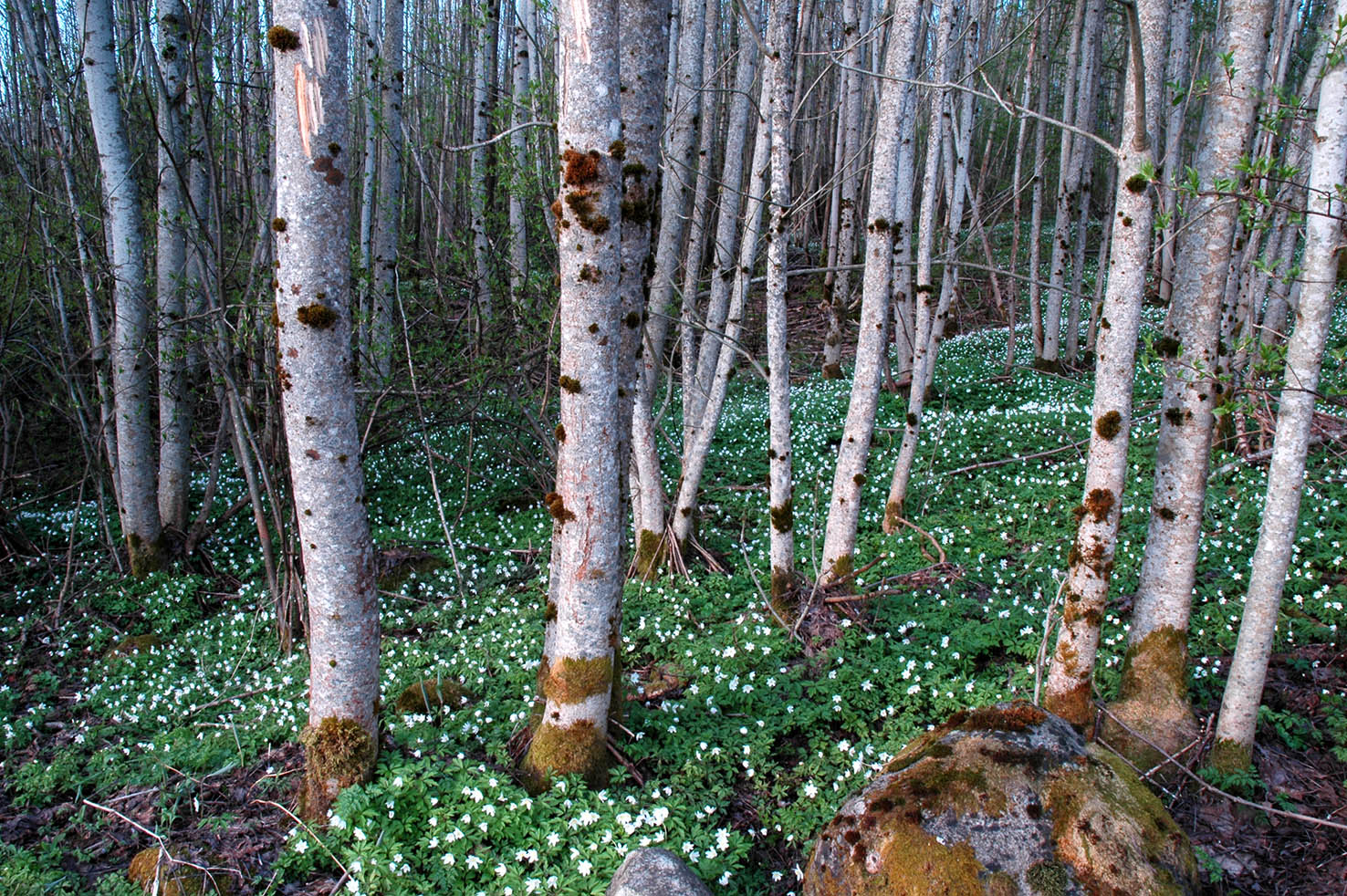
Time Series for Plant Deliverance
The deliverance of seedlings to forestry is presented below for the years 2006-2021 for Norway, Sweden, Iceland and Finland.
Picea abies
Figure 6
Figure 6-14 shows the number of million seedlings to the forestry planted in each country and year.
Pinus sylvestris
Figure 7
The low numbers of pine seedlings in Norway is due to the fact that pine traditionally has been regenerated naturally.
Abies spp.
Figure 8
Data for Norway not available for the years before 2021.
Iceland
For the past decades forest seedlings have been stored outside over the winter time in Iceland. There is a growing interest in using freezers to store seedlings during the winter, as this method eases the transportation of seedlings and can better guarantee their quality.
A PhD project, carried out by Rakel J. Jónsdóttir, compares survival, growth and autumn freezing tolerance for seedlings stored in freezers and in an outdoor storage. After planting the seedlings at various dates in early spring and summer. The result will help to deal with increasing production and planting of seedlings.

Betula spp.
Figure 9
The category Betula spp. (birch) contains aggregated numbers for all species of birch where data were available.
Larix spp.
Figure 10
Data for Sweden not available for the years before 2019.
Pinus contorta
Figure 11
Data for Sweden not available for the years before 2011.
Sweden
In 2021, 452 million seedlings were delivered in Sweden, which is an increase by 11 percent since 2020. Scots pine has increased since 2013 and is now the most common species to be planted in Sweden. Also the amount of spruce seedlings has increased since 2020, but on a lower level than Scots pine. After several years of decrease, Lodgepole pine (Pinus contorta) has increased in the two last years, to an annual delivery of 10 million seedlings. The most common broadleaved tree species sold in Sweden is birch, with 1.8 million seedlings delivered in 2021.
Popolus spp.
Figure 12

Aspen forest, photo: Lars Sandved Dalen/NIBIO.
Other conifers
Figure 13
Data for Sweden not available for the years before 2019.
Other broadleaves
Figure 14
Data for Norway and Sweden not available for the years before 2021.
Forest for Climate Mitigation in Norway
In 2016 NOK 33 mill was allocated to climate mitigation measures within the forest sector in Norway. The funds were divided into three different uses; denser planting of forest, fertilization and breeding. There was a shortage of spruce seedlings in Norway the same year. Political aim and increased funding for climate mitigation measures, including denser planting of forest, caused a growing demand for seedlings.